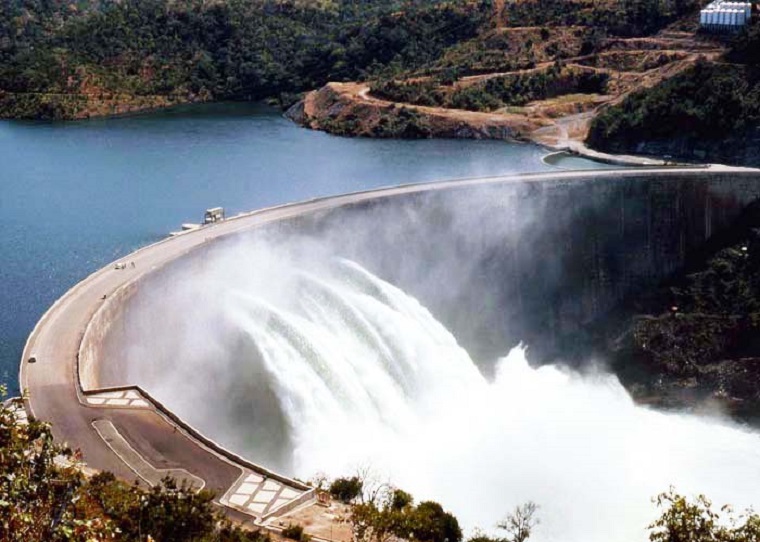 Water levels at Kariba dam are plunging toward record lows, threatening hydroelectricity production for Zambia and Zimbabwe.
Water levels at Kariba dam are plunging toward record lows, threatening hydroelectricity production for Zambia and Zimbabwe.
The dam currently has 10.9% of usable storage, compared with 34.1% a year ago, according to data from the Zambezi River Authority, the agency jointly controlled by the two nation’s governments. Levels are close to those reached in the 1995/96 season, the lowest recorded since the 128-metre high dam was completed in 1959.
While inflows from the Zambezi river were lower than the long-term mean in the past rainy season, the governments of Zambia and Zimbabwe have both built extra hydropower turbines at Kariba in the past decade, which release more water downstream. Normally, water levels start rising in January.
“Appropriate measures to prevent a complete depletion of the scarce water in the Kariba reservoir have been taken with the power utilities,” the Zambezi River Authority, which manages the dam on behalf of Zambia and Zimbabwe, said in an emailed response to questions.
“Considering the rainfall forecast for the forthcoming season of normal-to-above normal, the authority has optimized the water allocation for 2023.”
Kariba has a generation capacity of 2 130 megawatts split between Zambia and Zimbabwe, which are separated by the Zambezi. The low levels could worsen a power shortage in Zimbabwe, which is currently generating 750MW at the dam, until a coal-power plant at Hwange adds 300 megawatts – due this month.
Zambia has reduced its dependence on Kariba through the commissioning of the 750-megawatt Kafue Gorge Lower hydropower dam. Zesco Ltd., Zambia’s state-owned power utility, didn’t immediately respond to emailed questions. –Bloomberg
(73 VIEWS)

